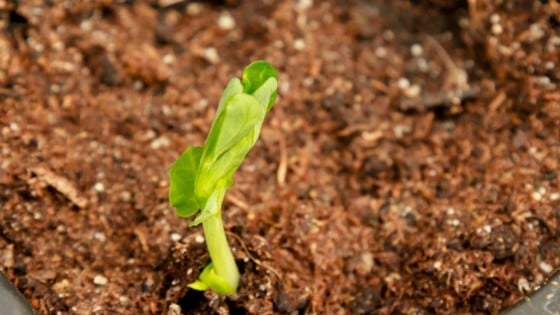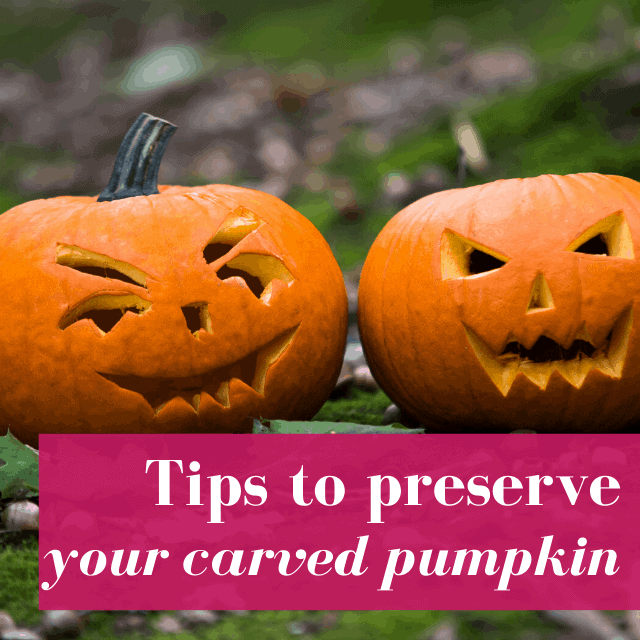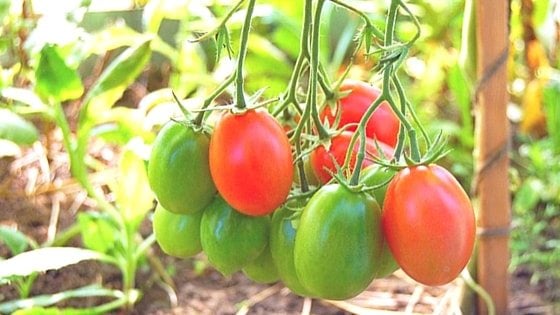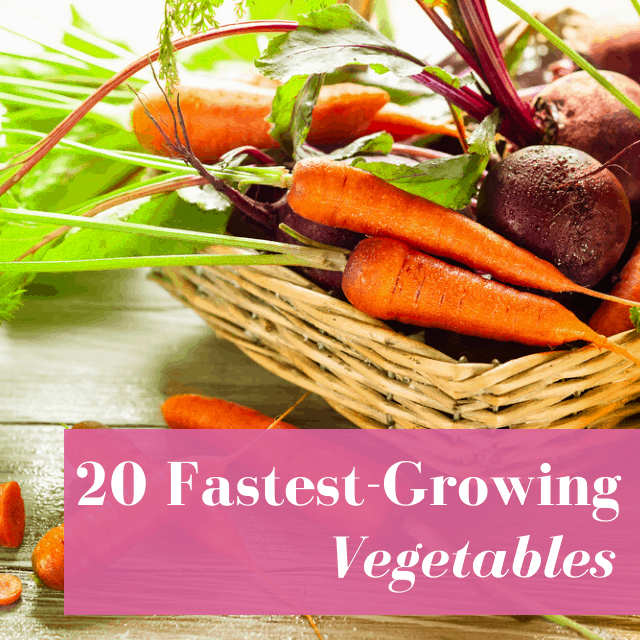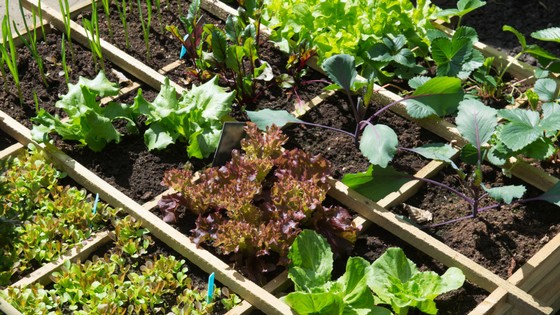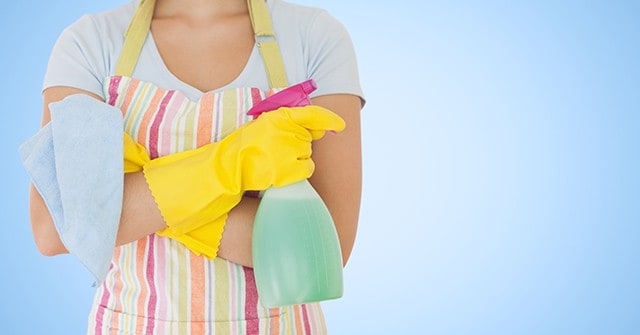When you first start gardening, it can be tough to resist the temptation to buy…well, everything. There are so many neat gardening gadgets and gizmos, it’s easy to get overwhelmed.
However, when you’re first starting out, you really need just a few basics, and less is often more when it comes to building your gardening arsenal. As long as you are good about cleaning and maintaining them, a few tools can really go a long way.
Here are some of the gardening tools that every beginner needs.
Table of Contents (Quickly Jump To Information)
Gloves
A good pair of gloves is crucial for a beginning gardener. Not only can gloves protect your hands from thorns, splinters, and dirt, but they can also guard against rashes from plants you might (unknowingly) be allergic too.
When you’re looking for gloves, consider those that are durable but not bulky. You’ll want a bit of flex and moveability, especially if you’re working with seeds or transplanting delicate seedlings. Fit is the most important quality because gloves that fit poorly can cause blisters or even slip off altogether – usually at the most inopportune time.
Water-resistant gloves can be helpful so that you don’t find yourself dealing with sodden fingers all the time – but you also need gloves that will help keep your hands cool and comfortable, too. Breathability is key!
Caring for your gloves is important, too. Stash them out of the direct sunlight to prevent fading and wash them according to the manufacturer’s instructions to keep them in tiptop shape.
Garden Hose
If you can’t provide water to your garden, it’s not going to get very far in its growth. That’s why a good garden hose is essential. Not only will a good garden hose be one that can reach and spray every square inch of your garden, but it will give you good control of your water pressure, too.
Before you buy a hose, estimate or even measure the length of hose you will need. Remember that hose length affects water pressure, so while you may feel tempted to splurge on an extra-long garden hose, this may not be the best idea. If you only have a small amount of garden to reach, you’d be better off with a shorter hose so that you can apply greater pressure.
Hoses are made out of all kinds of materials, including vinyl, rubber, and even metal. A vinyl hose is usually the least expensive option but tends to kink and wear out more quickly than a rubber hose. Whatever you do, store your hoses coiled and out of direct sunlight – leaving them kinked for a long time can cause weak spots to appear in the hose.
Hose Nozzle or Watering Wand
A hose isn’t the only gardening tool you need in your toolbox. You also need a good nozzle or watering wand. A hose nozzle will allow you to change the diameter of your hose and to adjust the water pressure and spray radius of your hose. This is perfect for applying different levels of water to various types of plants.
A good watering wand will let you give your plants a gentler shower instead of a torrential downpour. It usually has an extended reach, making it easier for you to reach hanging plants, the edges of borders, and out-of-the-way containers. Watering wands vary in length, from 10 to 48 inches.
You may need to use a longer watering wand if you have a lot of high-growing plants or hanging baskets. Some have shut-off valves in their handles, too, which can be helpful if you’re trying to conserve water.
Watering Can
If you have container plants, a watering can is essential. This is also a handy tool to have if you’re starting seeds inside or for whatever reason have other plants that are difficult to water with a hose.
When you’re shopping, you’ll be given a basic choice when it comes to watering cans – and although there will be other decisions to make, this one is the most important. Water or metal are the two basic materials that watering cans can be made out of. Although there are plenty of colors, styles, sizes, and nozzle options besides that, the material is key.
While a plastic can will be lighter, it won’t have the longevity of a metal can. Metal cans last longer as long as they are made out of galvanized materials. Consider how big and heavy the watering can is before you buy, as a single gallon of water can be quite heavy.
There are plenty of watering can add-ons that you might consider, too. For example, there are some with two-handled designs to give you more stability.
Wheelbarrow
You may not need a wheelbarrow when you’re first getting started, but over time, this is a tool you are definitely going to want to have around. A wheelbarrow is vital if you have lots of soil, compost, or mulch that needs to be moved around. You can also use it for any project that requires heavy lifting, such as moving multiple bags of topsoil or fertilizer.
Look for a wheelbarrow that has a single handle and two wheels – these are not traditional but are much easier to balance. A dual-handle, single-wheel wheelbarrow can be quite difficult to balance.
Either way, make sure you care for your wheelbarrow by storing it in a clean, dry location. Keep your wheels inflated, too, as this will allow for easier pushing.
Hand Trowel
Hand trowels are perfect for transplanting plants, digging in containers, or even removing deep, set-in weeds. For the best results, pick a hand trowel that has a broad blade so you can easily move soil. It should have a handle that fits easily in your hand and is made out of durable material, like stainless steel.
Spade
A spade is a quintessential gardening tool, allowing you to make quick work of edging, moving dirt, digging holes, lifting sod, and more. Don’t be afraid to drop some money on a good spade – it’s a smart investment to make, as it can last you the rest of your gardening career. Look for the following qualities in a good gardening spade.
First, it should have treads on the top to provide for a more comfortable foot surface. Hardwood handles will be more durable and absorb more shock while long handles offer greater leverage (just keep in mind that they are heavier, too). As with hand trowels, spades with stainless steel heads are often more durable, offering you greater longevity because they won’t rust.
Pruning Shears and Loppers
Pruning shears are also important when it comes to caring for your garden. There are lots of options you can choose from, from secateurs or hand pruners to bypass pruners and everything in between.
Anvil pruners are another option. These cut just like a knife cuts evenly on a board and are best for dead wood. You won’t want to use them on fresh branches or greenery.
Bypass pruners, on the other hand, are suitable for live plants, while ratcheting pruners can be helpful for people with limited hand strength or mobility. Secateurs are best for wild, overgrown plants.
Think about your needs when it comes to pruners – this will help you find the right gardening tools for the job. Either way, look for pruners that fit easily in your hand and aren’t clunky or awkward to use. You will want to care for your pruners by sharpening them regularly, too.
Another type of pruning shear to consider is a lopper. Loppers are essentially just long-handled pruners that are used to trim hard-to-reach areas or to cut back denser branches. The long handles make it easier for you to reach further and they also give you the leverage necessary to cut thicker branches.
Just know that long-handled loppers can be heavy, so it’s important that you pick those that you can manage. Ones made out of aluminum or those built with carbon-composite handles are usually quite a bit lighter. As with pruners, it’s good to keep your loppers in good shape by sharpening and cleaning them regularly.
Garden Fork
A basic garden fork can go a long way when it comes to inexpensive but effective gardening tools. With more digging power than a spade, a garden fork can really get into dense soil.
Look for a garden fork with a curve in the spine, as this will do a better job at scooping out compost or soil. Garden forks with straight tines are better for digging in compacted oil while square tines offer greater strength, since they bend instead of give when they meet a rock.
Hoe
Depending on the type of garden you have, there are various types of hoes that will be best. However, a good hoe is essential. A vegetable garden necessitates a sturdier hoe, but if you have perennials, a thinner, more delicate hoe might be better. Hoes can not only prep your beds but they can also be used to chop stubborn weeds.
As with most of these gardening tools, you will want to find a hoe that is comfortable for you to use. It should have a sharp blade – and keep in mind that you will need to keep it sharpened, too. You can purchase a home specifically known as a weeding hoe, but a flat hoe will do a good job of turning the soil, too.
Rake
A rake is one of the most important gardening tools to have if you are working on a lawn. Rakes come in a wide assortment of sizes, styles, designs, and even colors, but a basic leaf rake is really all you need. An adjustable rake will be able to do the job of more than one tool by reaching into narrow areas, so it may offer you more bang for your buck.
In addition, look out for a rake that has steel tines. These will be stronger. However, if you have sensitive plants growing in your garden or on your lawn, a rake with plastic items may be a smarter choice as it won’t damage the delicate roots.
Gardening Tools Make the Gardener
At the end of the day, the most important gardening tools to have as a gardener are any pieces of equipment that help make your job a little bit easier. While you can certainly get by with just some seeds, sunshine, and soil, adding these tools to your garden shed will make it easier for you to get the job done effectively – and to enjoy a bountiful harvest.
Maat van Uitert is a backyard chicken and sustainable living expert. She is also the author of Chickens: Naturally Raising A Sustainable Flock, which was a best seller in it’s Amazon category. Maat has been featured on NBC, CBS, AOL Finance, Community Chickens, the Huffington Post, Chickens magazine, Backyard Poultry, and Countryside Magazine. She lives on her farm in Southeast Missouri with her husband, two children, and about a million chickens and ducks. You can follow Maat on Facebook here and Instagram here.

